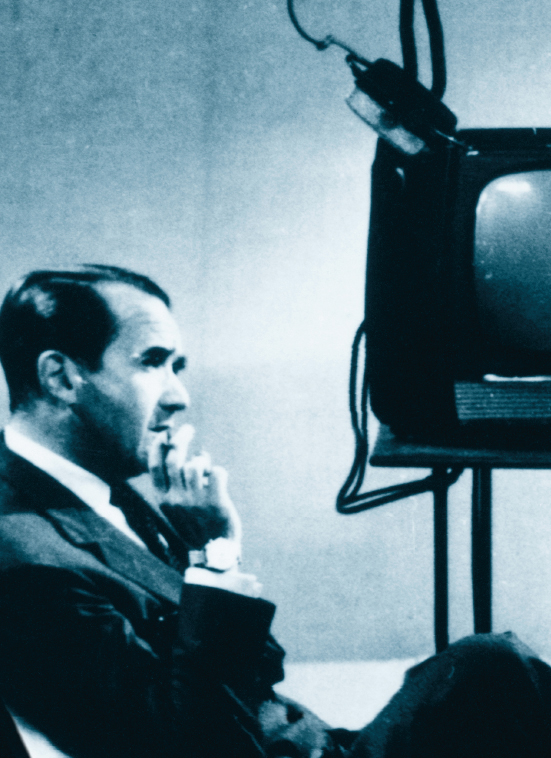Journalism in the Age of TV and the Internet
Printed Page 399

Television (starting in the 1950s) and now the Internet have profoundly reshaped both American journalism and the national culture with which it is closely intertwined. Most important, these technologies have made it possible for people to get information not only by reading newspapers but also by viewing live footage and watching news reporters deliver the latest updates. Thus TV and the Internet have helped transform American culture from a print-oriented one to a popular culture landscape built on visual imagery. The Internet, especially, introduced an immediacy to journalism—through real-time reporting—that newspapers did not offer (but would eventually provide in their online incarnations).
But despite these differences, TV and the Internet also show some similarities to print journalism. For example, like some newspapers, many TV news programs and Web sites foreground a dramatic narrative approach (pitting two sides in conflict) to delivering news, then use video footage to help tell and sell stories. And some Internet sites, like Politico.com, have begun specializing in investigative journalism, although local TV news stations have largely abandoned this kind of in-depth reporting in recent years.